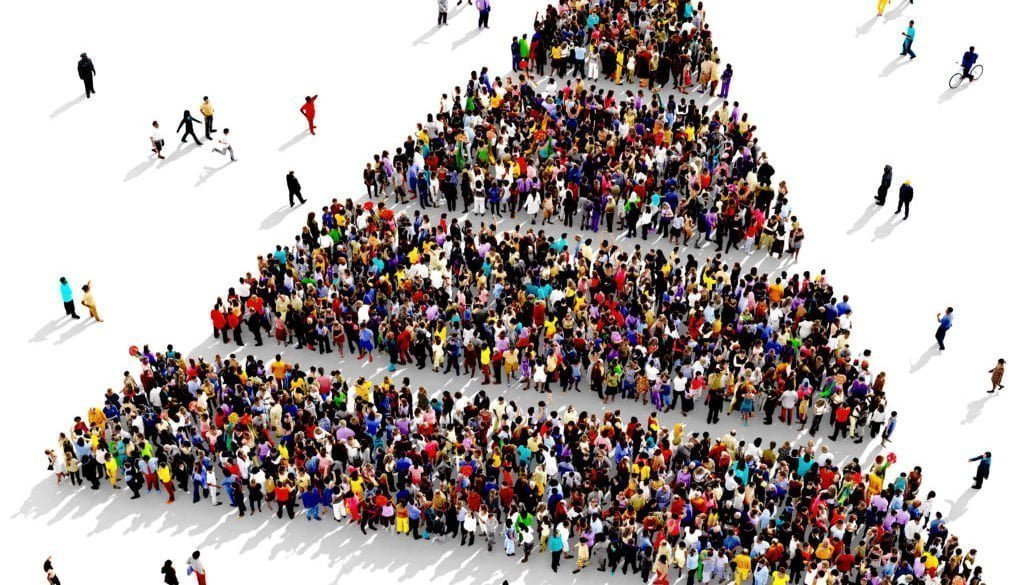Conference Report: Biologic Consequences of Social Stratification
Lindsay Fernandez-RhodesIn one of the last sessions of the IAPHS 2018 Conference in Washington, DC,, researchers took a step back to think about the biologic consequences of social stratification in both non-human and human populations.
Noah Snyder-Mackler, PhD (Assistant Professor at the University of Washington) began by describing his past work in non-human primate populations. He manipulated social hierarchy experimentally by changing the order of each female primate’s introduction to a new living environment, as a way of reproducibly inducing biological changes in gene expression and responses to immune challenges in these non-human primates. The hierarchy-associated biological changes were largely reversible, and have implications for understanding persistent socioeconomic disparities in immune function and health– and calls for social justice to reverse them.
Rebecca Stebbins, MSPH (PhD student at the University of North Carolina at Chapel Hill) and Grace Noppert, PhD (Postdoctoral Scholar at the University of North Carolina at Chapel Hill) described their ongoing work looking at human social stratification and a novel biomarker of pathogen burden:cumulative exposure to latent infectious disease pathogens across the life course. They contrasted the socioeconomic patterning of pathogen burden in humans with several other measures of immune function using nationally representative samples
All presentations hit on the importance taking a ‘cell to society approach’ to studying the consequences of social stratification in non-human or human populations
Lindsay Fernandez-Rhodes, PhD (Assistant Professor at Pennsylvania State University) presented her preliminary work to describe the relationship between obesity and the epigenomic consequences of social stratification – as measured by educational attainment and household income – in a community-based sample of African American adults. The addition of methyl groups to specific portions of DNA is a commonly studied form of epigenetic modification. These methyl groups are thought to strongly influence the expression of closely proximate genes. Dr. Fernandez-Rhodes found that social stratification measured in adulthood strongly patterned the placement of methyl groups all across the human genome. In fact, roughly a fourth of the associations that she observed across the genome remained after she adjusted her models for measures of body composition, which suggests that social stratification affects a range of biologic pathways, far beyond those involved in obesity alone.
All presentations hit on the importance taking a “cell to society approach” to studying the consequences of social stratification in non-human or human populations. Future studies of the association can to incorporate novel biomarkers to leverage the dissimilarities and similarities in social hierarchies and biologic responses of humans and non-human primates. The better we understand how social experiences “get under the skin” to perturb specific biologic mechanisms, the stronger social justice calls will be for specific policy or public health interventions to diminish the inequities that arise from social stratification. Such research and policy work is essential if we are to tackle many of the geographical and racial and ethnic health disparities in the United States that are undergirded by patterns of social stratification and inequality.





March 4, 2019 @ 12:08 pm
This is interesting work and I commend all the folks who participated in this conference. However, and having done biomarker and biological pathways work myself over many decades, I am not sure of the conclusion that “The better we understand how social experiences “get under the skin” to perturb specific biologic mechanisms, the stronger social justice calls will be for specific policy or public health interventions to diminish the inequities that arise from social stratification.” Many of us have been making this argument for decades, but I am hard put to identify specific policy or public health actions that have been triggered by “under the skin” discoveries. Would be interesting to hear about examples that IAPHS folks can come up with to support such claims. Maybe I have overlooked some important examples.
Again, the work is interesting and important on its own, but I think we need ask whether this type of work actually does lead to policy change that impacts on social and health inequities.